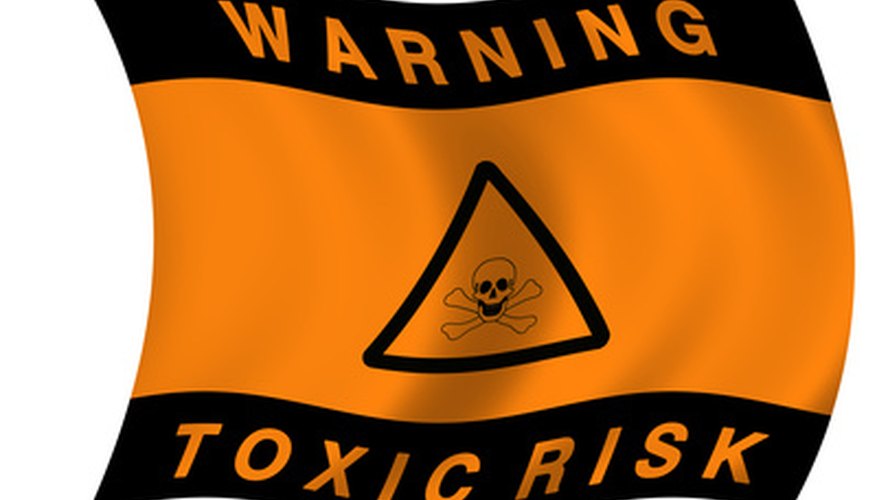Rubbing alcohol is such a familiar sight around the house, put to so many different uses, that you do not tend to think it requires special handling for disposal. It may even be used to clean the thermometer you place in your mouth, so how can it be considered toxic? However, rubbing alcohol typically contains 70 per cent isopropyl alcohol. Overexposure can lead symptoms such as headaches, dizziness, nausea, and vomiting. Happily, disposing of it safely is simple.
- Rubbing alcohol is such a familiar sight around the house, put to so many different uses, that you do not tend to think it requires special handling for disposal.

Turn on the water. Start running the water before you even open the bottle of alcohol to dispose. This will help dilute the alcohol even as you begin to pour.
Pour the alcohol down the sink. Ideally, choose a sink in a room that is well ventilated, to avoid inhaling fumes as you pour.

Run plenty of water down the sink. Even after the bottle is empty, continue to run the water to be sure the alcohol does not linger in the pipe.
TIP
If you use a septic tank, you should get rid of the alcohol in small amounts over a period of days.
